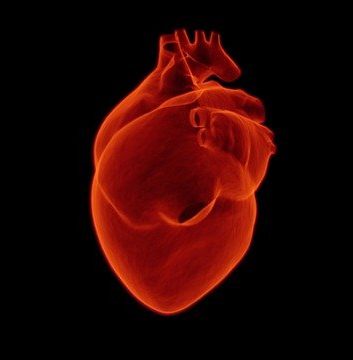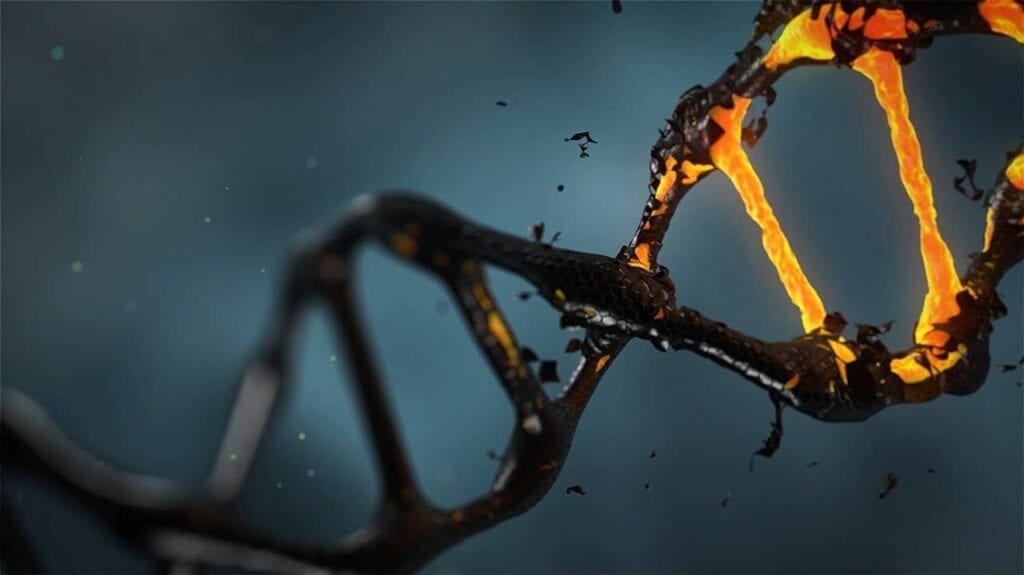STUDY: Pitolisant Reduced Fatigue and Daytime Sleepiness in Adults with DM1
An estimated 80% or more of people with myotonic dystrophy type 1 (DM1) struggle with severe fatigue and excessive daytime sleepiness (EDS). While most people consider myotonia (inability to contract…


























